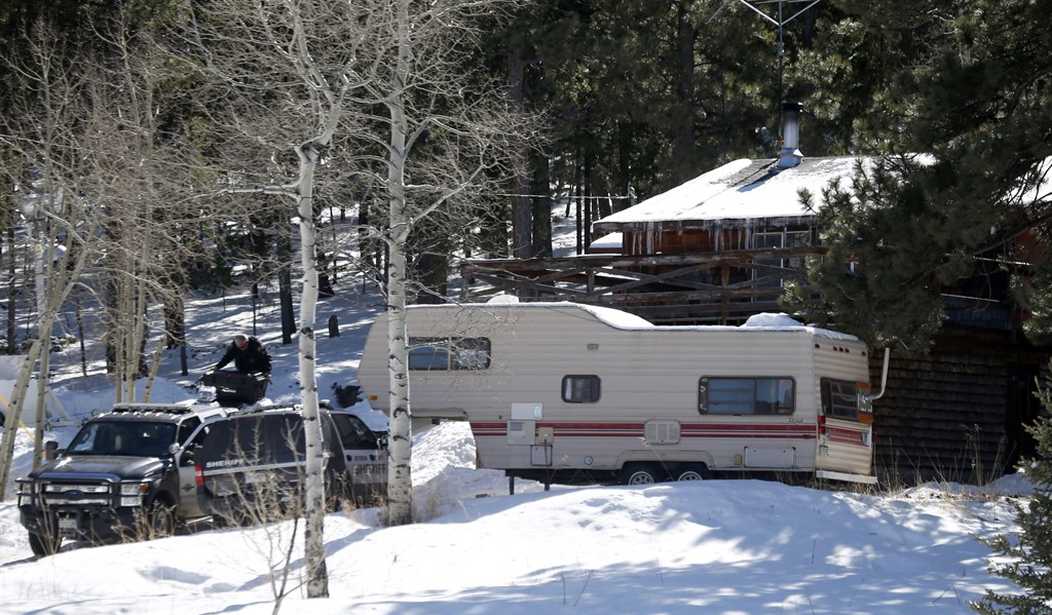All through the pandemic, we watched as government entities concerned over people becoming homeless as their employers were shut down, moved to impose eviction moratoria. The federal government had such a ban in place for most of seventeen months, lasting until August of last year. Several states and cities still have their own eviction bans in place to this day, but for much of the country, the mandates have expired. We were assured repeatedly by subject matter experts that when the moratoria ended we would be hit by a “tsunami” of evictions and homelessness would be the next great crisis that the nation would face. (Let’s be honest, we already have a crisis of homelessness, but it was supposed to get far worse.)
But now, almost five months after the federal ban was lifted, the tsunami still hasn’t arrived. As this report from FiveThirtyEight points out, the number of evictions taking place has indeed risen compared to the first half of last year (when there were basically none), but the numbers are nowhere near what was projected. The real question is… why?
When the pandemic first surged in the U.S., the dire predictions prompted federal, state and city governments to enact emergency policies to temporarily ban evictions. Two national eviction moratoriums lasted nearly uninterrupted for about 17 months, until August 2021, and some states and cities still have eviction and other tenant protections in place today.
When the national moratorium lifted, housing experts, renter advocates and policymakers braced for a surge of evictions. Now, four months later, evictions have increased, but data suggests that a tsunami has yet to materialize. Some still think one is coming, as courts begin working through a backlog of eviction filings, but according to Eviction Lab, the country’s most comprehensive tracker of eviction data, evictions in most places are nearly 40 percent below the historical average.
Coming up with one cohesive, verifiable explanation for the lower than expected eviction rates is virtually impossible because there is no centralized repository where all of the applicable data could be collected and collated. What we’re left with is a patchwork of theories based at least in part on anecdotal evidence.
One favorite explanation, particularly in liberal circles, claims that the eviction tsunami never reached shore because the steps the government took to prevent it actually worked. The moratorium kept people in their homes while they worked on ways to avoid being removed. Federal payment programs provided through the relief bills helped people mostly keep up with their rent, including rental assistance, stimulus payments, and enhanced unemployment benefits that allowed people to stay in their apartments.
Another theory put forth in this report suggests that the eviction tsunami actually did arrive and it’s been going on for a while now, except we can’t see it. They point to landlords who stopped performing maintenance for delinquent renters, rendering their homes unlivable. Others would change the locks on apartments without notice, forcing the tenants to go elsewhere. I’m sure some of that was indeed taking place, but if it was really happening in large numbers, wouldn’t we be seeing a sharp increase in homelessness by now? The available data doesn’t seem to support it.
Still others think there are societal explanations. Perhaps the smaller, mom-and-pop landlords (who account for roughly half of all US rental units) were more understanding of people who fell behind and were more willing to give them time and work with them. Perhaps some of them genuinely liked their tenants and didn’t want to have to start a search for someone new who might not be as nice. That one is really hard to quantify, but it sounds reasonable.
I agree with the authors of the linked report that the true answer for the lack of an eviction tsunami is probably some combination of all of those things, likely with a few other personal and personality factors that we haven’t named here. They note some early estimates of how many people would lose their homes that wound up being wildly inaccurate, forecasting far more evictions than would have ever been likely to take place. But now, surveying the aftermath, what lessons will we take away from all of this? Did the government actually get something almost completely right for a change in terms of the assistance that was sent out to the renting public and to landlords? Did we prime the pump too generously? Or was there still more we could have done but we pulled up short?
These are the hard questions that both Congress and journalists need to be dealing with as we continue to make our way out of this pandemic mess. Getting those answers right will be important because if COVID has taught us anything, it’s that this will sadly not be the last time it happens. And we don’t want to doom ourselves to making the same mistakes again.








Join the conversation as a VIP Member